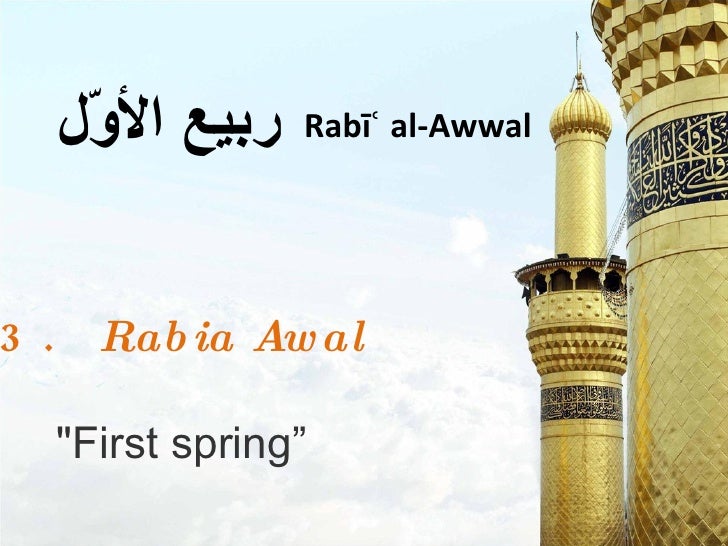

There are a few different versions, such as the Solar Hijri calendar used in Iran (which is a solar calendar) and the Tabular Hijri calendar (which is mathematically derived, much like how Jewish calendar was changed in the past).ĭue to how the Hijri calendar rotates, the Hijri years are given as well to help clarify the chronology of events relative to the Gregorian calendar. The Hijri year is usually ten days shorter than the Gregorian year. The Hijri calendar is named for the Hijra (or Hegira), the Prophet Muhammad's flight from Mecca to Medina to escape persecution. These holidays move in the Western ( Gregorian) calendar year since the Islamic (or Hijri) calendar is a lunar calendar, instead of a solar calendar. These are the main events in the Muslim calendar.Here are the dates of the most important Islamic holidays through 2030. About 69 days later, on the 10th of Dhu al-Hijja is `Id al-Adha, the "Feast of Sacrifice," that commemorate Abraham's offering of his son.

It is a joyous occasion, rather like Easter, when businesses and offices close. On the first of the following month, Shawwal, the first of the required feasts, `Id al-Fitr, is celebrated to mark the end of the fast. The entire ninth month, Ramadan, is special in that it is the month all Muslims must fast. In recent years, however, many Muslim countries have adopted the Western practice of closing offices one day in seven, and some have opted for Friday instead of Sunday. Keep this in mind when fixing a date with those from the Muslim world to be sure there are no misunderstandings.įriday noon is the one time in the week Muslims must worship together at the mosque, but Friday is not a day of rest. Thus the "night of the 27th of Ramadan" begins just after sundown on the 26th. Note that Muslims (as in Biblical times) reckon the "day" to begin in the evening. The names of the Islamic months in numerical order are: Thus, 33 lunar years equal 32 solar years. Hence, the Islamic calendar travels backward through the solar calendar about 11 days per year, returning to the same solar time in about 33 lunar years. The Qur'an (9:36-37) forbids the periodic insertion of a 13th month to keep it in line with the solar year.

Because of this, although the Islamic lunar year has 12 months, it has only 354 days on an average. The new moon must also be visually sighted for the new month to start mathematical calculation is not valid.īecause of this requirement one can never be sure in advance precisely when the month of Ramadan will begin and one should start fasting.

Any given month will have 29 days some years and 30 days in others. Since the average interval between new moons is 29 days, 12 hours, 44 minutes and 3 seconds, the lunar months alternate between 29 and 30 days in length. The Qur'an stipulates (10:5) that the new moon be used to mark the first day of each month. In Medina, Muhammad continued to attract. Then, the Hijri calendar is lunar, and not solar like the Gregorian calendar. This occurred in 622, the year of the hijra, or emigration, which marks the beginning of the Muslim calendar. Muslims date everything from that event, usually considered to correspond to September 20th, 622 in the Gregorian calendar. It begins, not with the birth of Christ, but with the Hijra, the day Muhammad "emigrated" from Mecca to Medina to set up his new social order. CBN.com - The Islamic calendar is quite different from the one we use in the West.


 0 kommentar(er)
0 kommentar(er)
